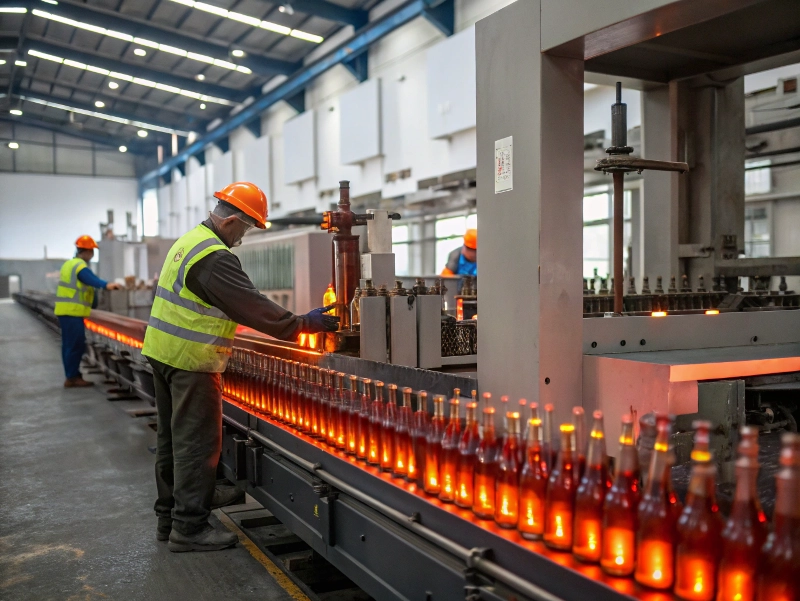
Introduction
The glass bottle industry has undergone significant transformation in 2025, particularly for US importers. With recent tariffs as high as 218.15% on Chinese glass bottles, many American businesses are scrambling to find reliable alternatives that offer quality, competitive pricing, and efficient logistics.
Whether you’re a purchasing manager in the food and beverage industry, a cosmetics brand looking for premium packaging, or a pharmaceutical company requiring specialized containers, this comprehensive guide will help you navigate the evolving landscape of global glass bottle supply.
We’ve analyzed both the top producing countries and the leading manufacturers to give you a complete picture of your options beyond China. Let’s dive in!
Part 1: Top 10 Glass Bottle Producing Countries in 2025
1. China
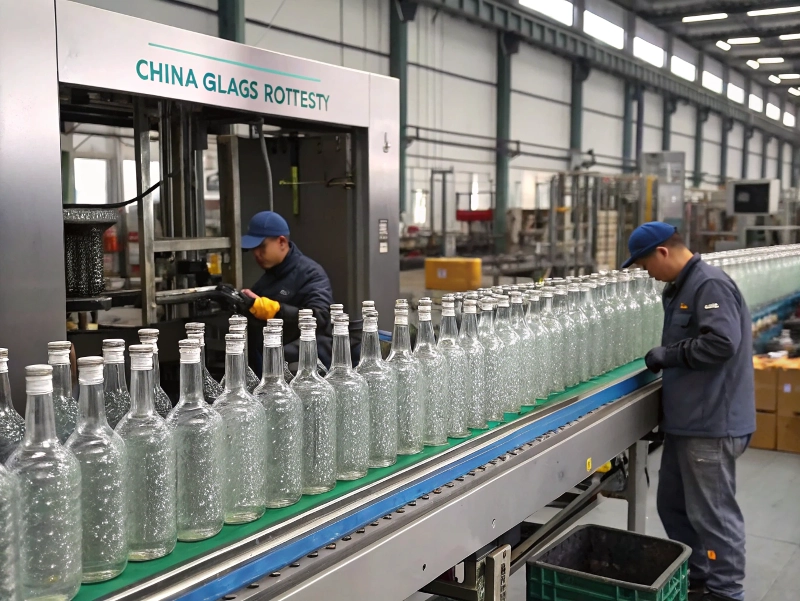
Production Capacity: Enormous production volume with numerous factories offering low-cost manufacturing
Quality Standards: Variable quality – some facilities meet international standards, but consistency issues exist
Export Data: Nearly $26 billion in exports (2023), leading global supplier
Advantages:
- Unmatched low production costs
- Extensive customization options
- Massive scale capabilities
Disadvantages:
- High US tariffs (up to 218.15%) making imports prohibitively expensive
- Quality inconsistency across manufacturers
- Environmental compliance concerns
- Longer shipping times to US (30-45 days by sea)
Best For: Businesses with operations outside the US that can bypass tariffs, or those with extremely price-sensitive products who can absorb the tariff costs.
2. United States
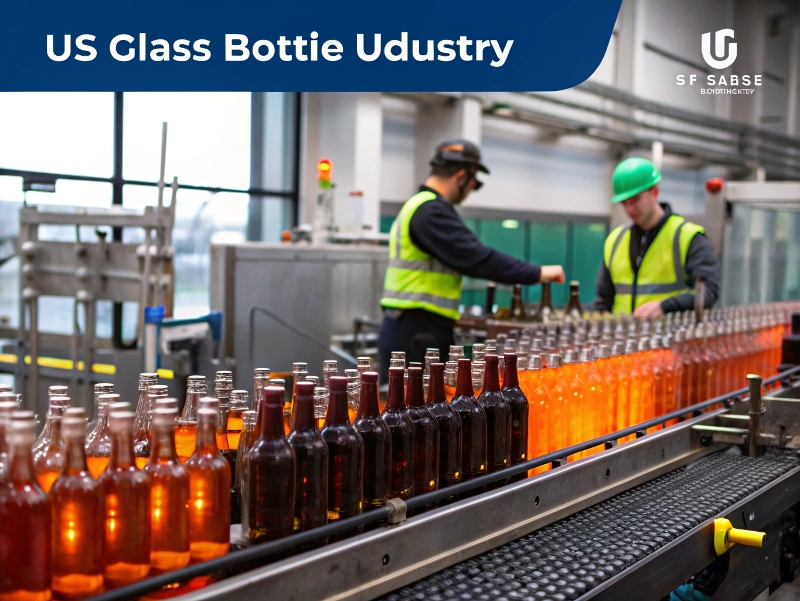
Production Capacity: Advanced technology facilities led by major players like O-I Glass and Anchor Glass
Quality Standards: Strict FDA compliance and rigorous quality control
Export Data: Significant domestic production primarily serving North American markets
Advantages:
- Elimination of international shipping concerns
- High regulatory compliance
- Short supply chains (1-7 days domestic shipping)
- Strong intellectual property protection
Disadvantages:
- Higher production costs
- Less competitive pricing than emerging markets
- Limited capacity for small-batch orders
Best For: Premium brands requiring high-quality, compliant packaging with minimal supply chain risks and domestic production requirements.
3. Germany
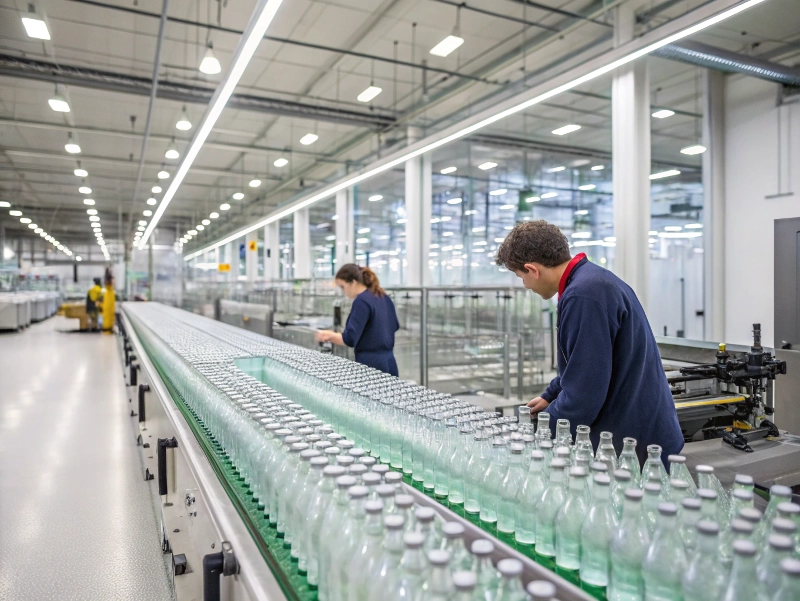
Production Capacity: Engineering excellence with leading manufacturers like Schott and Gerresheimer
Quality Standards: World-renowned precision and quality consistency
Export Data: Approximately $8 billion in exports (2023), second globally
Advantages:
- Superior technical innovation
- Exceptional brand reputation
- Precision manufacturing
- Strong sustainability practices
Disadvantages:
- Premium pricing
- Shipping times to US (14-21 days by sea)
- Less competitive for basic, high-volume products
Best For: Luxury brands, pharmaceuticals, and technical applications requiring precision engineering and willing to pay for European quality.
4. Mexico
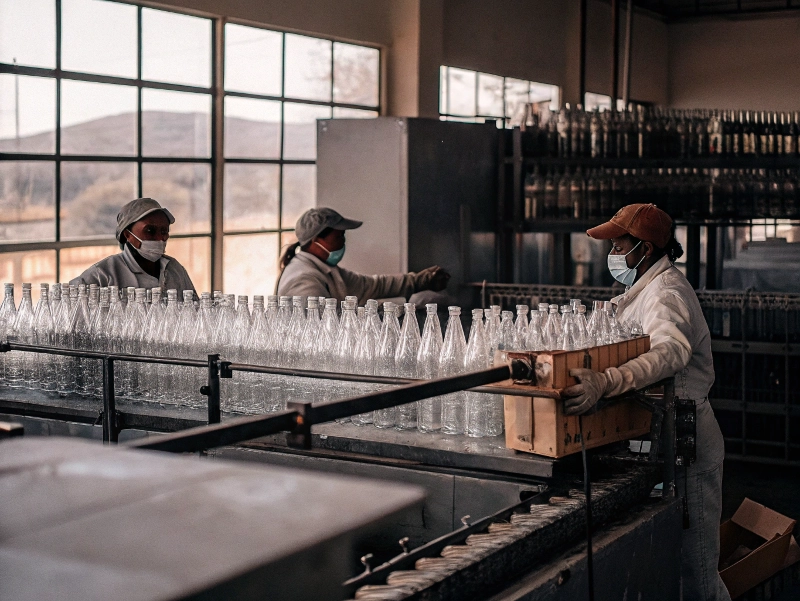
Production Capacity: Large-scale facilities including Vitro with growing US-focused production
Quality Standards: Generally meets international standards, particularly for US market requirements
Export Data: Major supplier to the US market with growing capacity
Advantages:
- USMCA trade benefits with no major tariffs
- Geographic proximity to US (3-7 days shipping)
- Lower production costs than US or Europe
- Similar time zones for business communications
Disadvantages:
- More limited design innovation than European producers
- Some capacity constraints for specialized products
- Occasional quality variation
Best For: US importers seeking the ideal balance of cost savings, quality, and logistical efficiency, especially for food and beverage packaging.
5. India
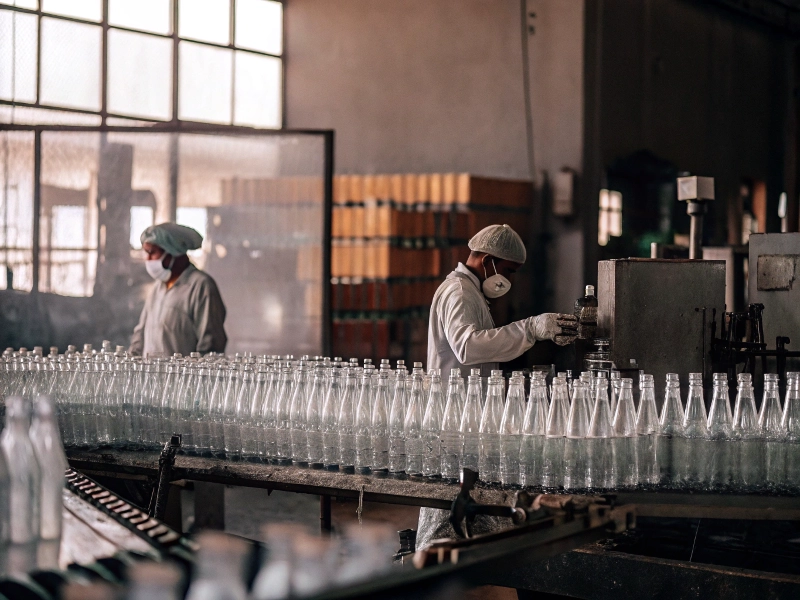
Production Capacity: Rapidly expanding with manufacturers like Hindusthan National Glass increasing capabilities
Quality Standards: Improving to meet international requirements, with many facilities now ISO-certified
Export Data: Emerging global exporter with significant growth trajectory
Advantages:
- Highly competitive pricing
- Growing technical capabilities
- English-speaking business environment
- Developing specialty in pharmaceutical glass
Disadvantages:
- Longer shipping times to US (35-50 days by sea)
- Still building reputation for consistent quality
- Less developed logistics infrastructure
Best For: Cost-conscious importers willing to work with emerging suppliers and manage longer lead times for significant savings.
6. France

Production Capacity: Specialized high-end manufacturers like Verallia and Saverglass dominate
Quality Standards: Exceptional quality, particularly in luxury and wine sectors
Export Data: Strong performance in premium segments, especially wine and spirits packaging
Advantages:
- Unparalleled expertise in luxury packaging
- Innovative design capabilities
- Strong relationships with premium brands
- Heritage craftsmanship
Disadvantages:
- Premium pricing structure
- Market concentration in specific segments
- Shipping times to US (14-21 days by sea)
Best For: Premium spirits, wine, perfume, and cosmetics brands seeking distinctive packaging with European prestige.
7. Italy
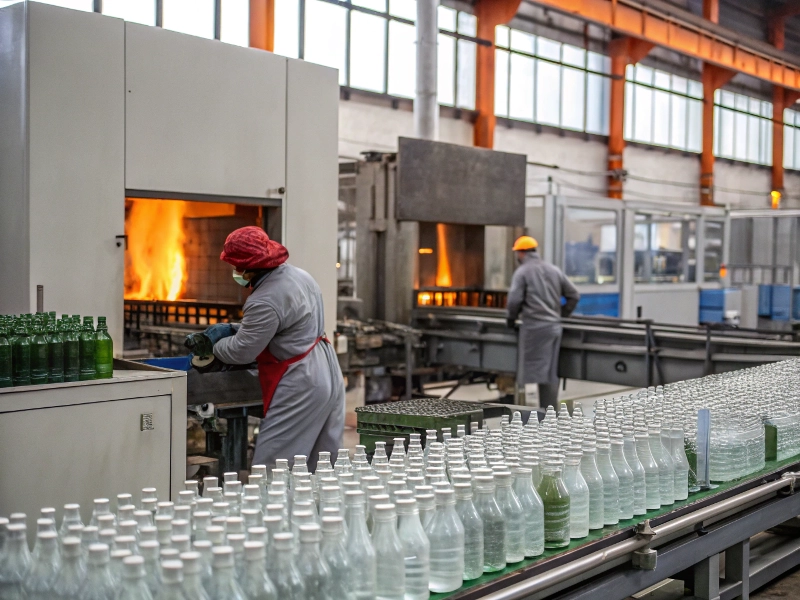
Production Capacity: Design-focused producers including Bormioli Rocco and Zignago Vetro
Quality Standards: Known for creative innovation with strong quality assurance
Export Data: Major European exporter, particularly in decorative and specialty segments
Advantages:
- Leading design innovation
- Artistic heritage in glass production
- Strong aesthetic differentiation
- Specialty in food and beverage packaging
Disadvantages:
- Higher cost structure
- Niche market focus
- Shipping times to US (14-21 days by sea)
Best For: Brands that prioritize distinctive design and Italian craftsmanship, particularly in food, beverage, and home goods categories.
8. Japan
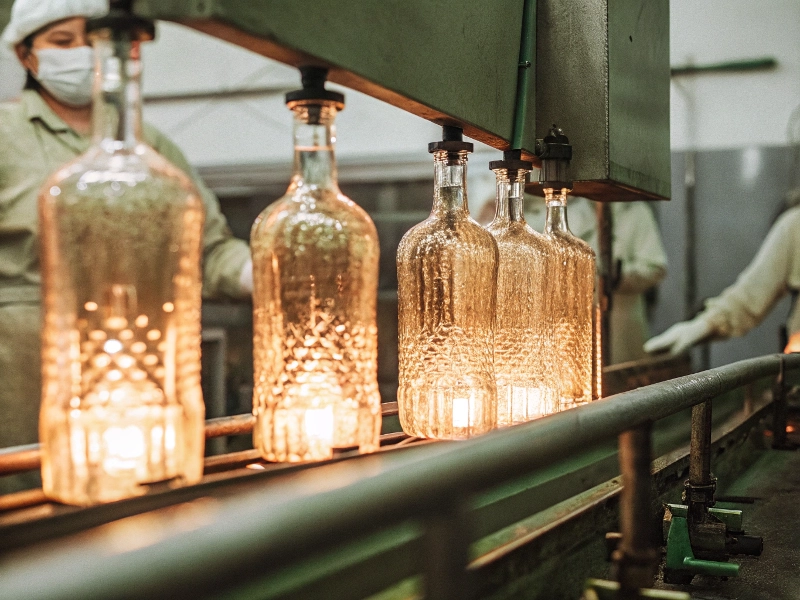
Production Capacity: Technology-focused production including Toyo Glass
Quality Standards: Exceptional precision and quality control systems
Export Data: Primarily serves Asian markets with specialty high-value exports globally
Advantages:
- Superior technical quality
- Advanced material science
- Precision manufacturing
- Innovation in lightweight glass
Disadvantages:
- Premium pricing
- Language barriers in business communications
- Shipping times to US (25-35 days by sea)
Best For: Technical applications requiring precision specifications, pharmaceutical companies, and premium cosmetics brands seeking Japanese quality standards.
9. Spain
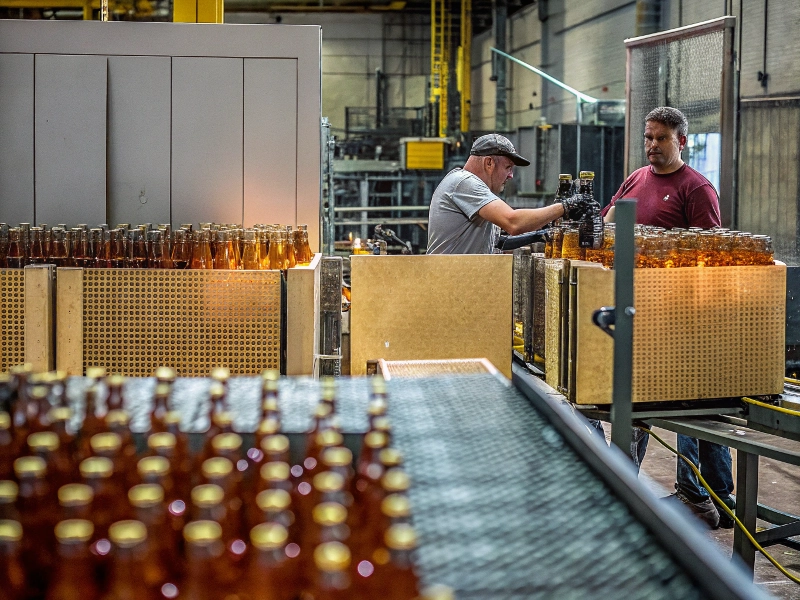
Production Capacity: Modern facilities bolstered by strong domestic wine industry
Quality Standards: Particularly strong in wine bottle production
Export Data: Significant exports to Europe and Latin America
Advantages:
- Competitive European pricing
- Wine packaging specialization
- Growing technical capabilities
- Sustainability initiatives
Disadvantages:
- Regional market focus
- Less name recognition in US markets
- Shipping times to US (14-21 days by sea)
Best For: Wine and spirit brands seeking European quality at slightly more competitive prices than France or Italy.
10. Brazil
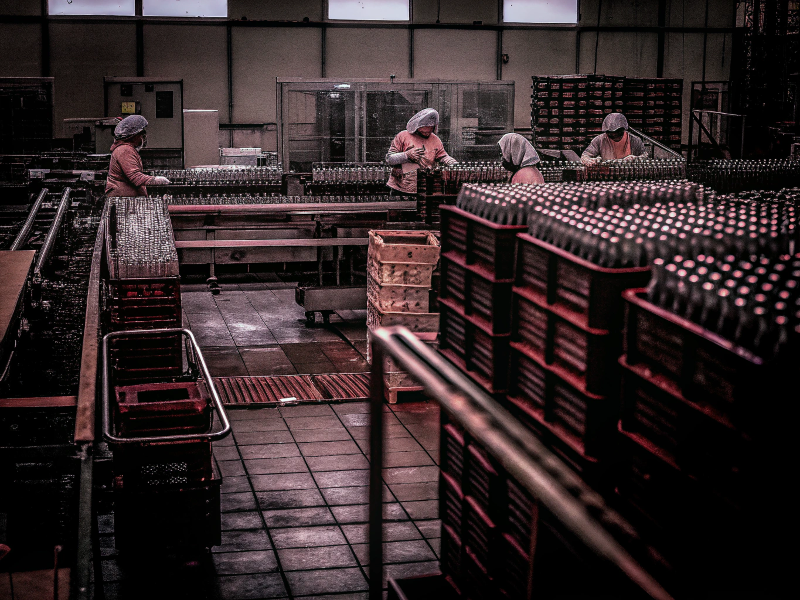
Production Capacity: Large domestic production including Owens-Illinois Brazil
Quality Standards: Meeting both domestic and international standards
Export Data: Primary supplier to Latin American markets with growing global presence
Advantages:
- Competitive pricing
- Large-scale production capabilities
- Growing sustainability practices
- Established manufacturing base
Disadvantages:
- Economic instability impacts
- Longer shipping times to US (20-30 days by sea)
- Less established in premium segments
Best For: Cost-conscious importers looking for South American sourcing and large-volume production of standard bottles.
Part 2: Top 10 Glass Bottle Manufacturers in 2025
1. Owens-Illinois (O-I Glass) – USA
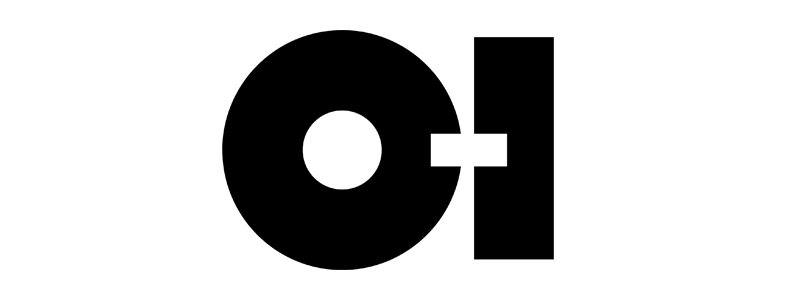
Background: Founded in 1929, O-I Glass is the world’s leading glass bottle manufacturer with $6.357 billion in revenue (2023).
Products: Comprehensive range of glass bottles for beverages, food, and pharmaceuticals with a focus on lightweight design and mass production capabilities.
Market Position: Operates in 20+ countries with global market reach and thousands of employees.
Sustainability: Industry leader in glass recycling programs and carbon footprint reduction, aligning with growing environmental concerns.
Innovation: Patented lightweight glass technology that reduces transportation costs while maintaining strength and quality.
Key Customers: Major beverage companies including Coca-Cola, numerous food processors, and pharmaceutical firms.
Shipping to US: Domestic production eliminates international shipping concerns with 1-7 day delivery nationwide.
2. Ardagh Group – Luxembourg

Background: Established in 1932, Ardagh operates 65 facilities across 16 countries, producing both metal and glass containers.
Products: Specializes in wine and beer bottles with 20+ color options and strong customization capabilities.
Market Position: 16,400+ employees with significant global market share and European leadership.
Sustainability: Pioneered replacing 20% of natural gas with green hydrogen in 2022, delivering substantial emissions reductions.
Innovation: Cutting-edge green production technology particularly suited for premium market segments.
Key Customers: Major food, beverage, and chemical industries across global markets.
Shipping to US: Maintains US production facilities with 1-7 day domestic delivery, plus European imports (14-21 days).
3. Verallia – France
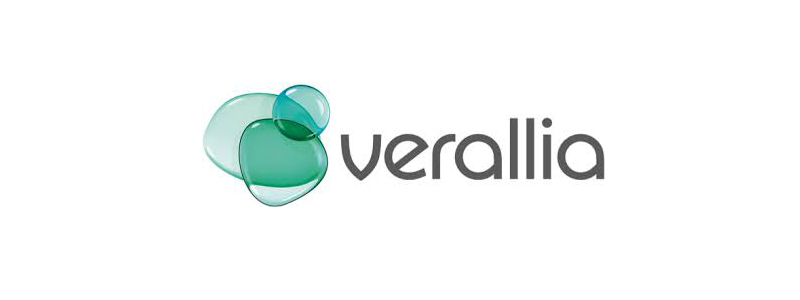
Background: Dating back to 1827, Verallia stands as the world’s third-largest glass packaging manufacturer with 34 glass production facilities.
Products: Produces 16 billion bottles and jars annually, serving 10,000+ companies primarily in food and beverage sectors.
Market Position: Operations in 12 countries with 9 specialized glass processing centers.
Sustainability: Leader in circular economy initiatives with ambitious recycled content targets.
Innovation: Strategic acquisition of Allied Glass in 2022 strengthened its position in the premium whiskey bottle segment.
Key Customers: Premium global food and beverage brands seeking distinctive packaging.
Shipping to US: European manufacturing with typical 14-21 day shipping to US ports.
4. Vetropack Group – Switzerland
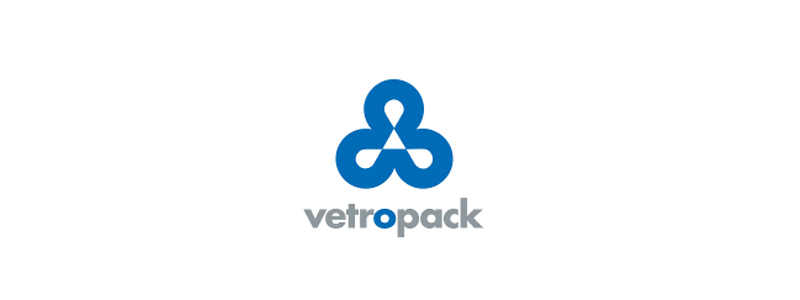
Background: Founded in 1911, this European glass container specialist invested in new production facilities in 2022.
Products: Offers 2,500+ glass container types with 8 standard colors and extensive customization options.
Market Position: Strong presence in European and American markets with expanding production capacity.
Sustainability: Ambitious 50% carbon reduction target by 2030 through comprehensive energy system optimization.
Innovation: Custom design capabilities particularly suited for premium market segments.
Key Customers: Food, beverage, and pharmaceutical industries requiring European quality standards.
Shipping to US: European production with 14-21 day shipping, plus US plant for domestic customers.
5. AGI Glasspack Ltd – India
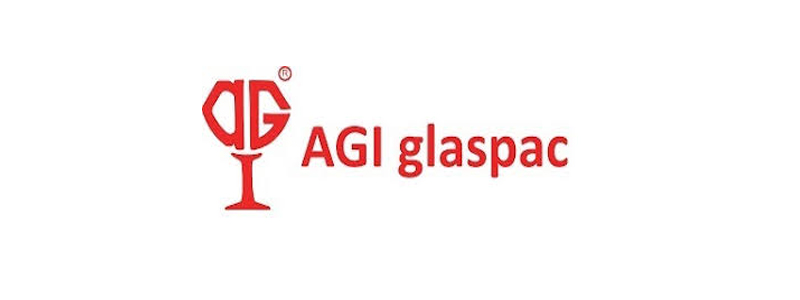
Background: Established in 1981, AGI leads the Indian market and invested $6.7 billion in new furnace technology in 2021.
Products: Comprehensive range from 5ml to 4000ml glass bottles serving food, beverage, and pharmaceutical sectors.
Market Position: Dominant in Indian market with rapidly growing export capabilities.
Sustainability: Focused on energy-efficient production methods meeting international environmental standards.
Innovation: Adapting high-quality production systems to meet international compliance requirements.
Key Customers: Both local and international food and beverage brands seeking cost-effective quality.
Shipping to US: Typical 35-50 day shipping time from Indian ports to US destinations.
6. Vidrala – Spain
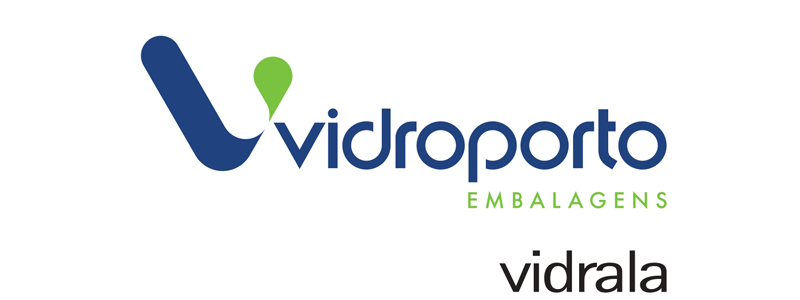
Background: Founded in 1965, Vidrala has grown into a major European glass packaging supplier.
Products: Strong custom design capabilities serving international markets with focus on wine and beverage sectors.
Market Position: Headquartered in Spain with leading position in European markets.
Sustainability: Emphasis on eco-friendly production processes and waste reduction initiatives.
Innovation: Design-forward approach catering to premium market segments.
Key Customers: Wine producers and beverage companies seeking distinctive packaging solutions.
Shipping to US: European production with typical 14-21 day shipping to US ports.
7. Stoelzle Glass Group – Austria

Background: Dating back to 1805, Stoelzle operates 5 European factories and 1 American facility.
Products: Premium offerings for perfume, cosmetics, and pharmaceutical sectors with extensive customization.
Market Position: Dominant in European luxury markets, partnering with Siemens for energy efficiency in 2022.
Sustainability: Targeting 50% carbon reduction by 2030 through comprehensive system optimization.
Innovation: Leading-edge technology particularly suited for high-end market applications.
Key Customers: Luxury brands and pharmaceutical companies requiring premium packaging.
Shipping to US: Combination of European (14-21 days) and domestic US production.
8. Gerresheimer AG – Germany
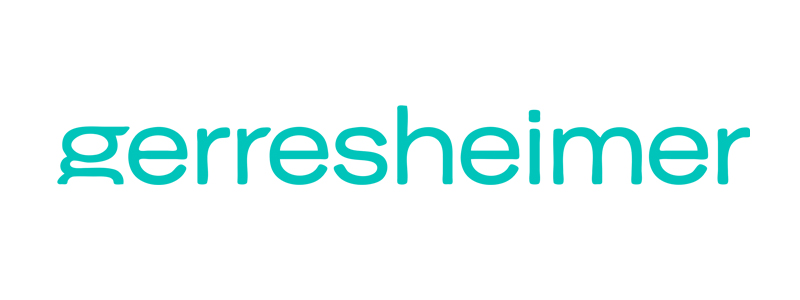
Background: Established in 1864, Gerresheimer serves global food, pharmaceutical, and cosmetics markets.
Products: Specialized in high-end packaging with new platform development in partnership with Stevanato (2022).
Market Position: Operations spanning Americas, Asia, and Europe with particular strength in pharmaceutical glass.
Sustainability: Focused on environmentally responsible production and emissions reduction programs.
Innovation: Industry-leading technology designed for premium market segments with exacting requirements.
Key Customers: Pharmaceutical and cosmetics industries requiring precision manufacturing.
Shipping to US: European production with 14-21 day shipping to US destinations.
9. Orora Packaging Ltd – Australia
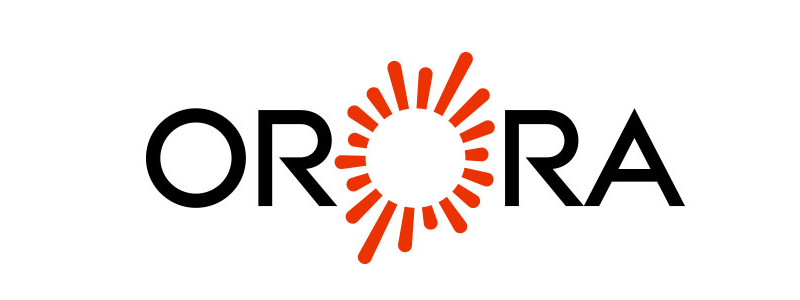
Background: Founded in 1947, Orora leads the Australian market and maintains Canada’s largest printing operation.
Products: Comprehensive range of glass bottles and flexible packaging, with recent funding for oxygen furnace technology in 2022.
Market Position: Strong presence in Australia and North America with expanding capabilities.
Sustainability: Aggressive promotion of eco-friendly packaging solutions and emissions reduction targets.
Innovation: Sustainable technology development particularly suited for regional market needs.
Key Customers: Food, beverage, and industrial sectors throughout Australia and North America.
Shipping to US: Australian production (25-35 days) plus North American facilities for faster delivery.
10. Crystal – China
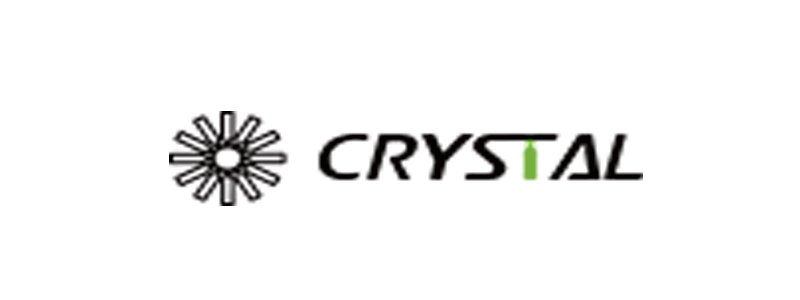
Background: Headquartered in Tongshan Glass Industrial Park (Xuzhou, Jiangsu), Crystal operates a 30,000+ square meter facility with 7 advanced automatic production lines and a specialized 8S machine line.
Products: Comprehensive offering including wine bottles, spirits bottles, beverage containers, glass jars, cosmetic packaging, candle holders, food storage solutions, Mason jars, specialty bottles, dairy packaging, olive oil bottles (50ml-1000ml), honey containers, perfume bottles, pharmaceutical vials, and diffuser bottles.
Market Position: Exports exceed 150 million bottles annually, primarily serving North American, European, and Australian markets.
Sustainability: Focused on energy-efficient production methods meeting international environmental standards.
Innovation: Customization emphasis "from shape to color, from pattern to material" with the goal of creating "art-like packaging" that captivates consumers.
Key Customers: Beverage producers, cosmetics and personal care companies, food manufacturers, and home fragrance brands.
Shipping to US: 30-45 day shipping, but subject to significant US tariffs of up to 218.15% in 2025.
Conclusion: Finding Your Ideal Glass Bottle Partner in 2025
Key Takeaways for US Importers
-
The China Tariff Reality: With US tariffs reaching 218.15% on Chinese glass bottles in 2025, even the cost advantages of Chinese manufacturing are largely negated for direct US imports.
-
Mexico Emerges as a Leading Alternative: With USMCA benefits, geographic proximity, and competitive pricing, Mexican glass manufacturers offer perhaps the best balance of cost, quality, and logistics for many US importers.
-
Consider Total Cost of Ownership: Look beyond unit price to evaluate shipping costs, lead times, tariffs, quality consistency, and sustainability practices when selecting suppliers.
-
Match Supplier to Your Need: Premium brands may still benefit from European suppliers (Germany, France, Italy), while cost-sensitive high-volume needs might be best served by Mexico, India, or domestic US production.
-
Diversify Your Supply Chain: The most resilient strategy may involve multiple suppliers across different regions to mitigate risks and ensure continuity.
Finding Glass Bottle Suppliers
-
Industry Trade Shows: The Glass Pack Expo (Milan), Pack Expo (Chicago), and Drinktec (Munich) remain the premier events for connecting with glass packaging suppliers.
-
Online Directories: Platforms like Thomas Net, Alibaba, and GlobalSpec offer specialized searches for glass packaging suppliers.
-
Industry Associations: The Glass Packaging Institute (US) and similar organizations worldwide provide member directories of verified manufacturers.
As the glass bottle landscape continues to evolve in response to tariffs, sustainability demands, and changing supply chains, staying informed about your options beyond China will be crucial for maintaining competitive packaging solutions. Whether your priority is cost, quality, logistics, or sustainability, this guide provides a starting point for developing your glass bottle sourcing strategy in 2025.
What questions do you have about finding the right glass bottle supplier for your business? Share in the comments below!




